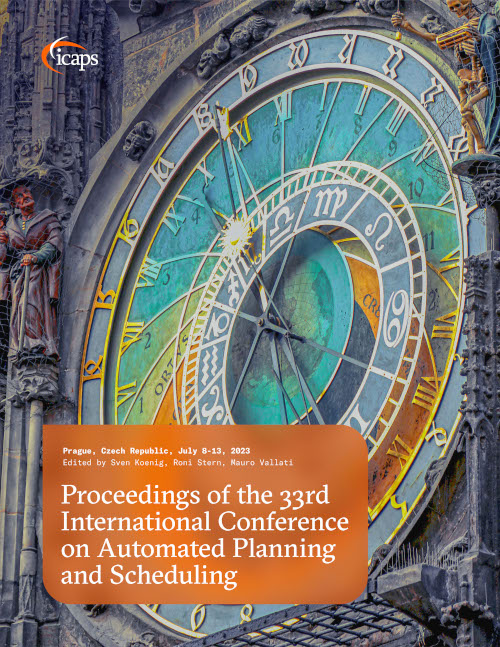Lifted Stackelberg Planning
DOI:
https://doi.org/10.1609/icaps.v33i1.27215Keywords:
Classical planning techniques and analysis, Heuristic searchAbstract
In Stackelberg planning, a leader and a follower each choose a plan in the same planning task, the leader's objective being to maximize plan cost for the follower. This formulation naturally captures, among others, security-related scenarios where the leader defends an infrastructure against subsequent attacks by the follower. Indeed, Stackelberg planning has been applied to the analysis of email infrastructure security. At web scale, however, the planning tasks involved easily contain tens of thousands of objects, so that grounding becomes the bottleneck. Here we introduce a lifted form of Stackelberg planning to address this. We devise leader-follower search algorithms working at the level of the PDDL-style input model to the extent possible. Our experiments show that, in Stackelberg tasks with many objects, including in particular models of web infrastructure security, our lifted algorithms outperform grounded Stackelberg planning.Downloads
Published
2023-07-01
How to Cite
Sauer, P., Steinmetz, M., Künnemann, R., & Hoffmann, J. (2023). Lifted Stackelberg Planning. Proceedings of the International Conference on Automated Planning and Scheduling, 33(1), 370-374. https://doi.org/10.1609/icaps.v33i1.27215

